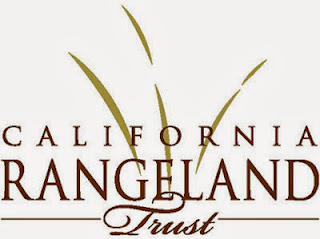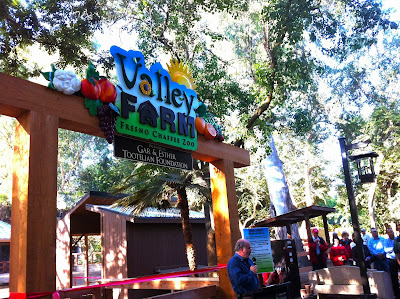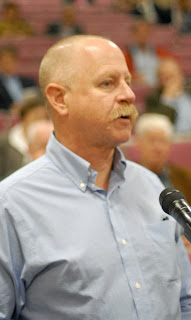STOPPING METAL THEFT
Legislation Aims to Fight Metal Theft
Copper wiring stripped from irrigation pumps, disappearing brass fixtures, stolen steel pipes—for farmers and ranchers, the chronic theft of metals continues to be a costly problem with no end in sight, according to the California Farm Bureau Federation.
“We have worked for a number of years on metal theft and despite our efforts, there are still really high rates, so we are trying to focus on giving law enforcement more resources so they can address the problem,” said Noelle Cremers, California Farm Bureau Federation director of natural resources and commodities. “There are stringent laws on the books to prevent metal theft and this will help provide resources to make sure that those laws are enforced.”





















